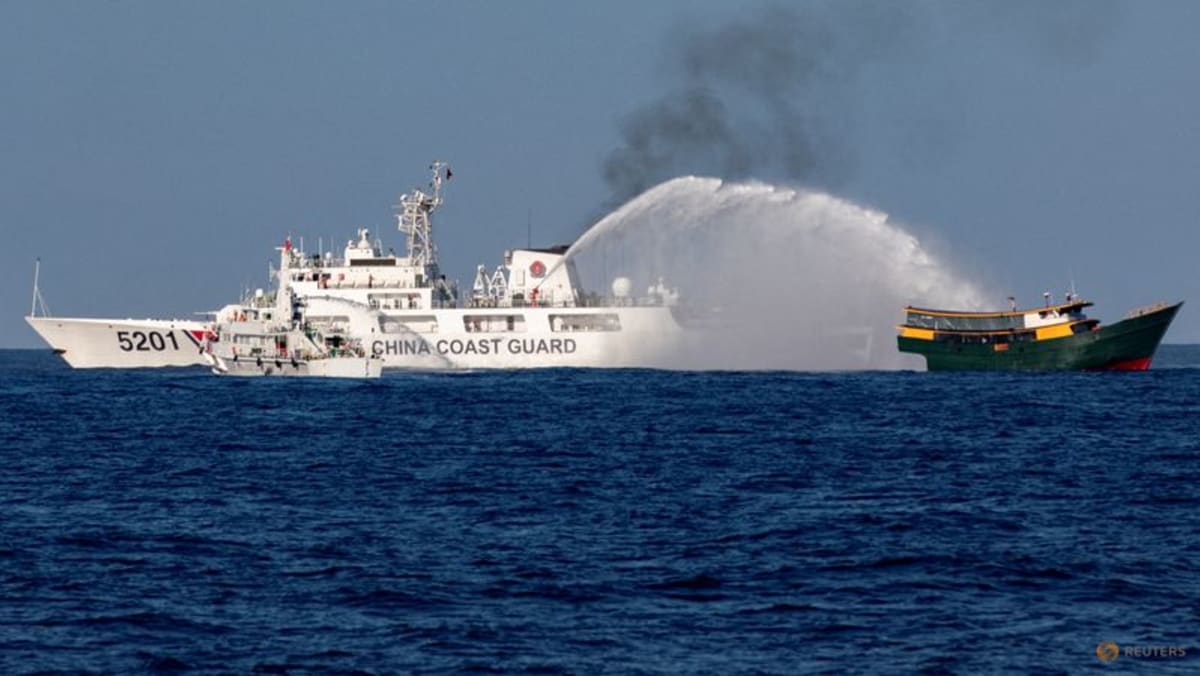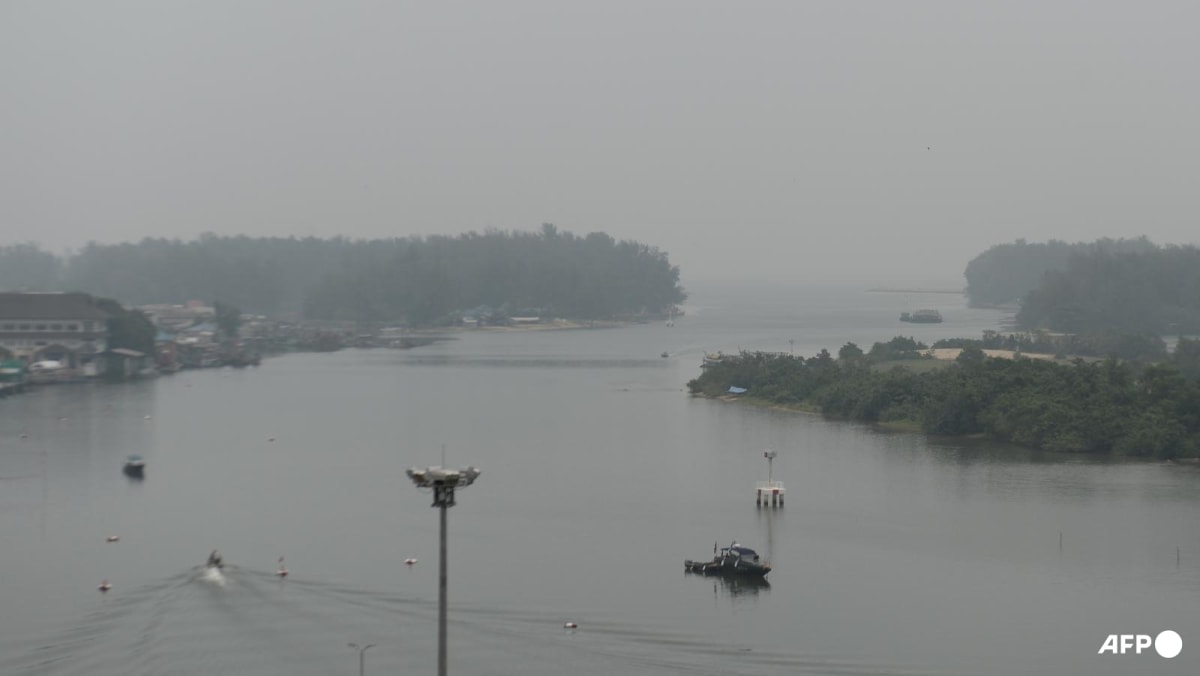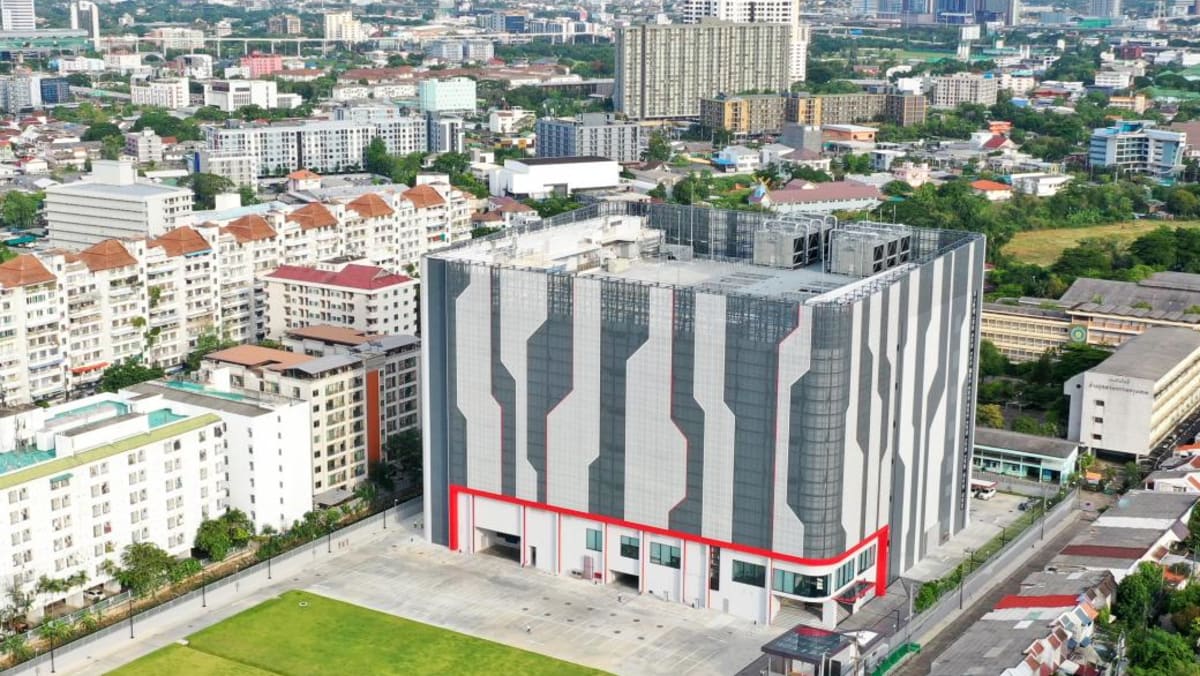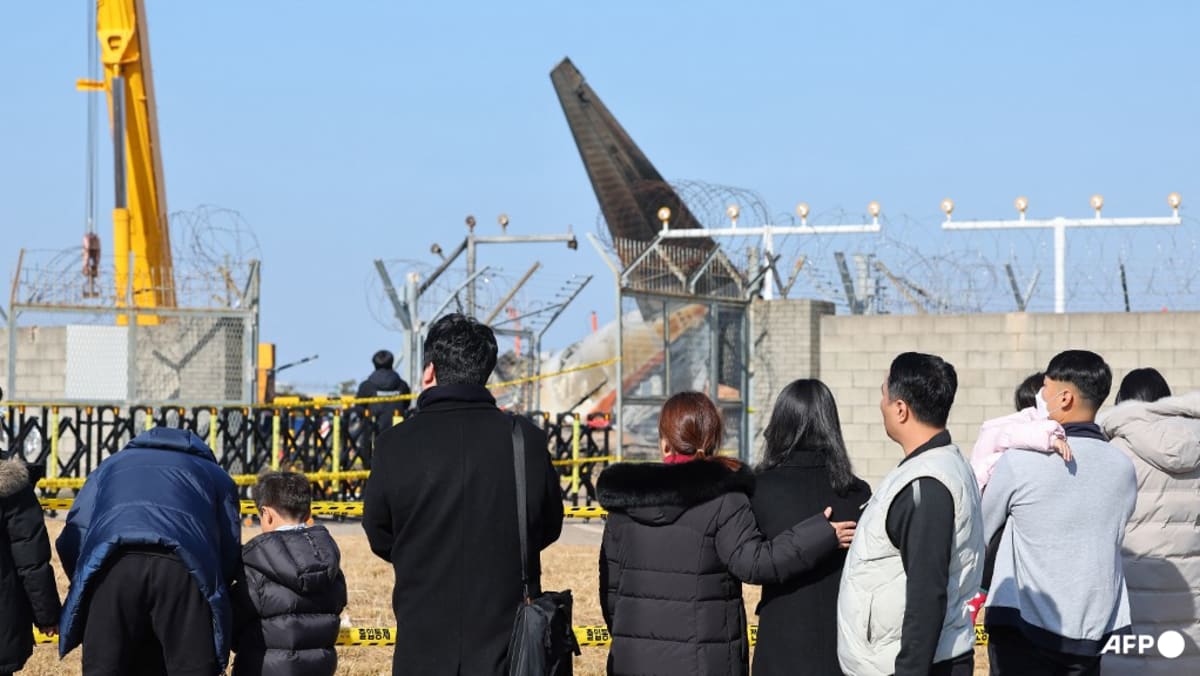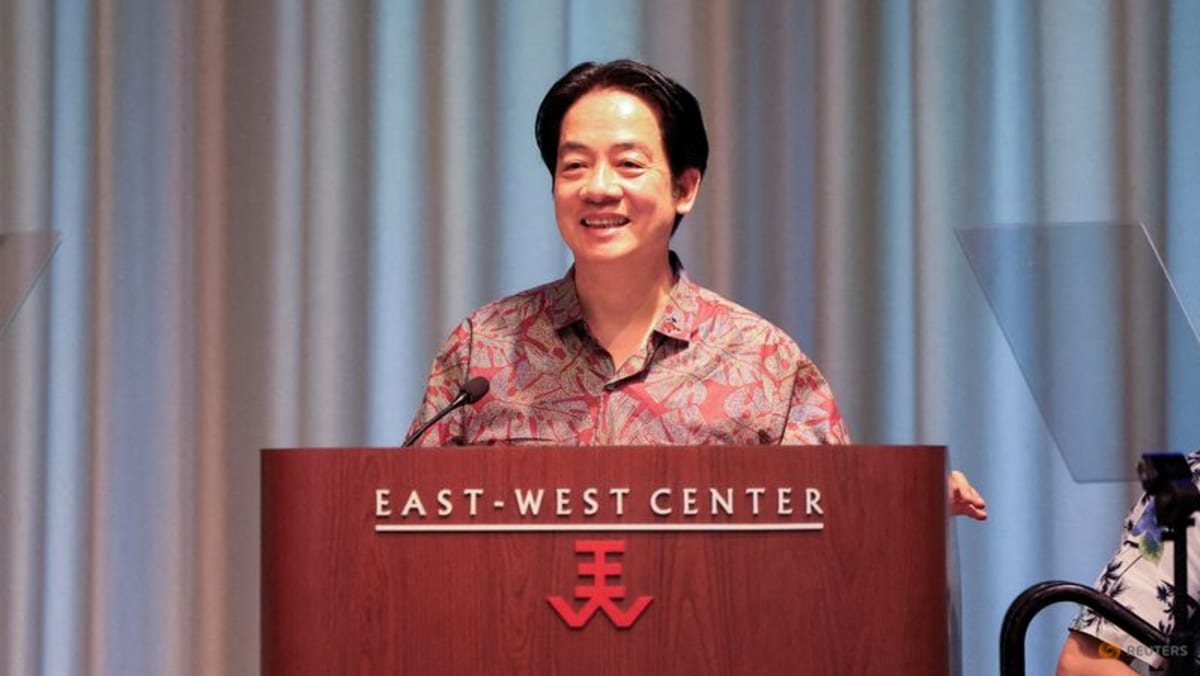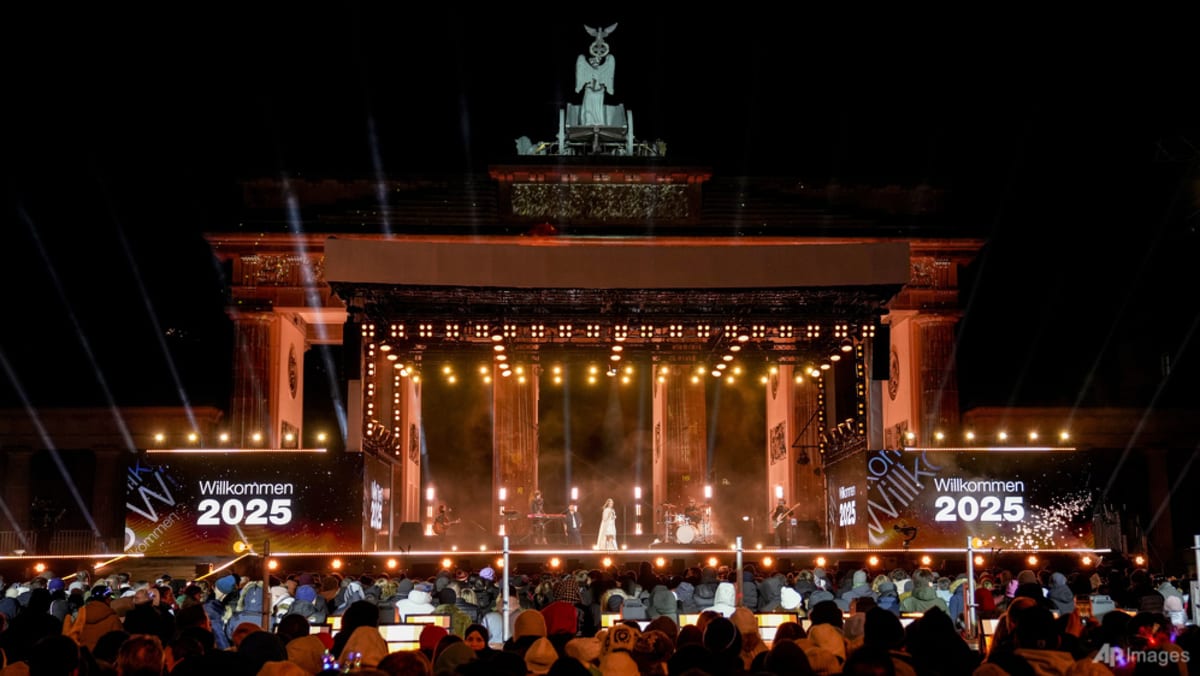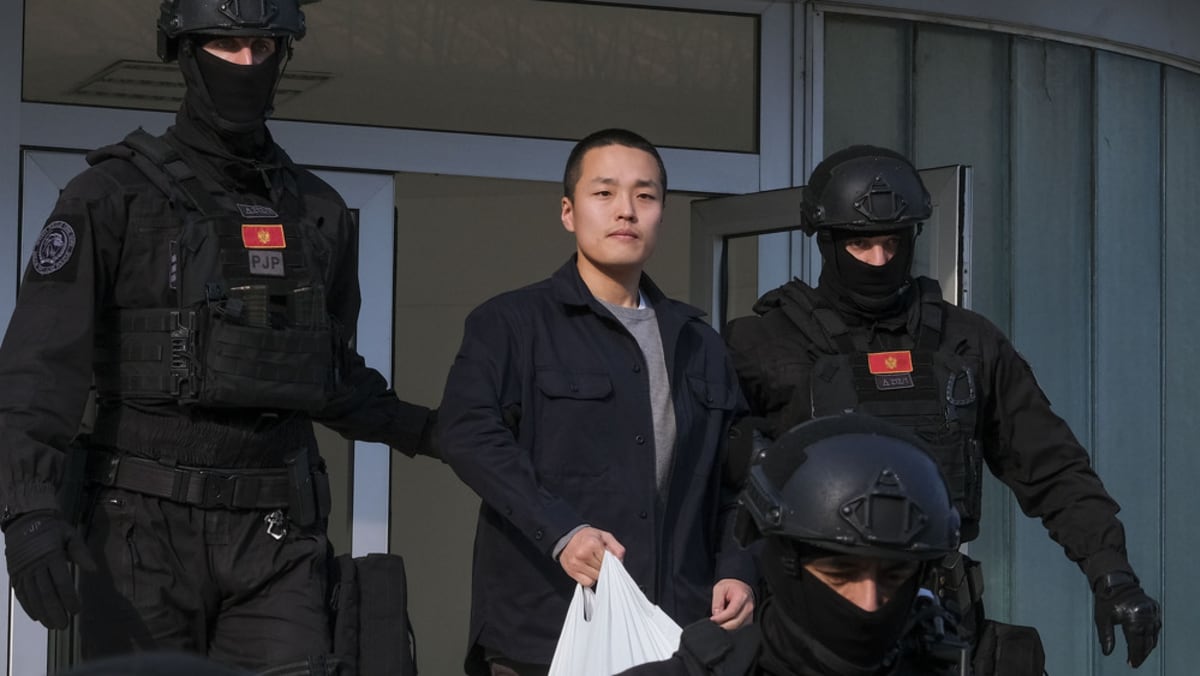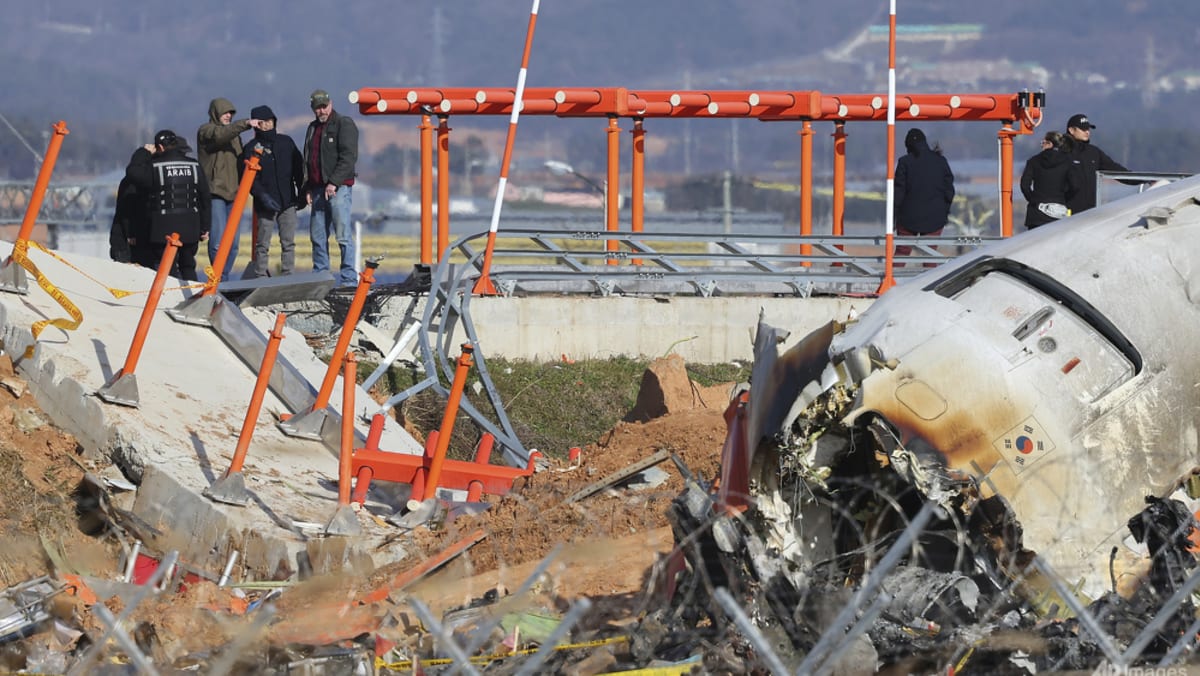Commentary: Indonesia’s new capital Nusantara can’t afford the tangled wires of Jakarta
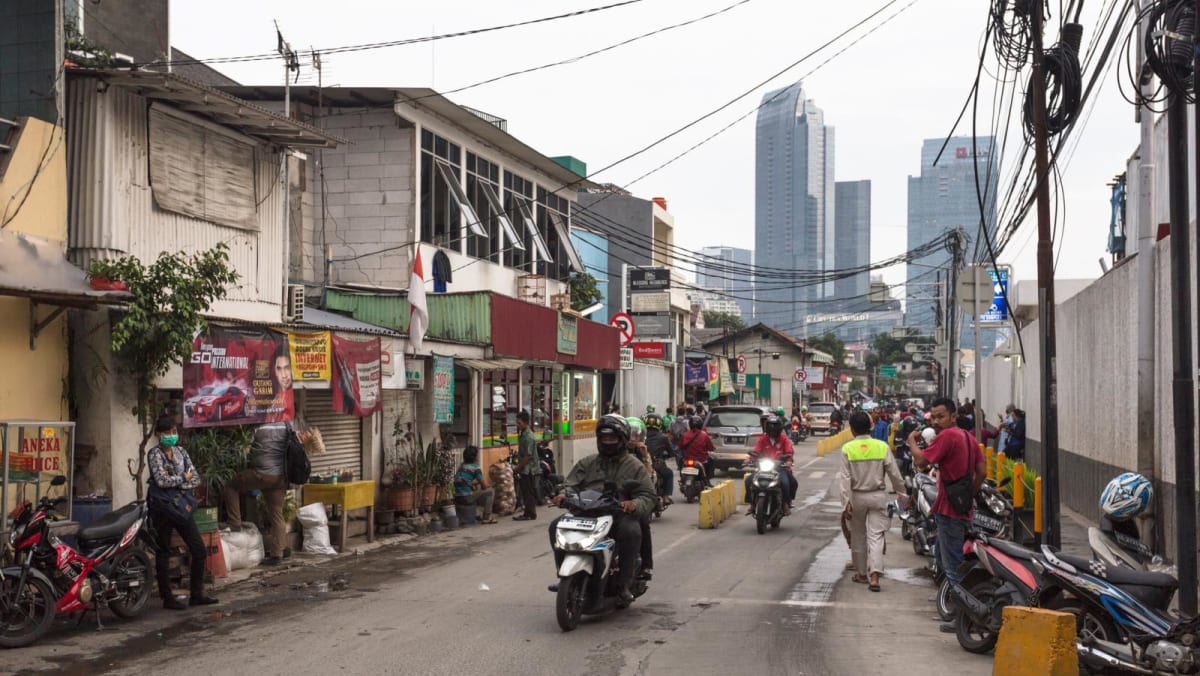
But the practical dangers are more pressing for pedestrians and nearby residents, such as the potential for electrical short circuits and fire hazards. Some outages have also been reported due to animal disturbances, including from birds and monkeys.
Public complaints over years have gone unaddressed, highlighting that the messy cables not only decrease the electricity supply but carry a cost for quality of living and national productivity.
AVOIDING URBAN PAINS IN NUSANTARA
In part to resolve Jakarta’s urban pains, the government has pledged to build a new Indonesian capital city Nusantara, in East Kalimantan. Nusantara will apply the “smart city” concept, using multi-utility tunnels for the installation of a host of public services, including electrical lines, fibre optical cables for telecommunications, and water pipes, taking lessons from cable deployments in developed countries, particularly in Japan and some European nations.
The goal in Nusantara is to no longer have a network of cables above the ground, which will minimise the need for public disruption.
Instead, a technician can easily do maintenance inside the multi-utility tunnels when a network needs to be fixed or replaced. A single control room with digital monitoring will also make it easier to track down leaks or damage within the system.
The concept has been used since 1850 for cable and pipe utilities under Paris. The Chiyoda district of Tokyo adopted a multi-utility tunnels system in 1926, which has survived significant earthquakes that have hit the city above.
Source: CNA



